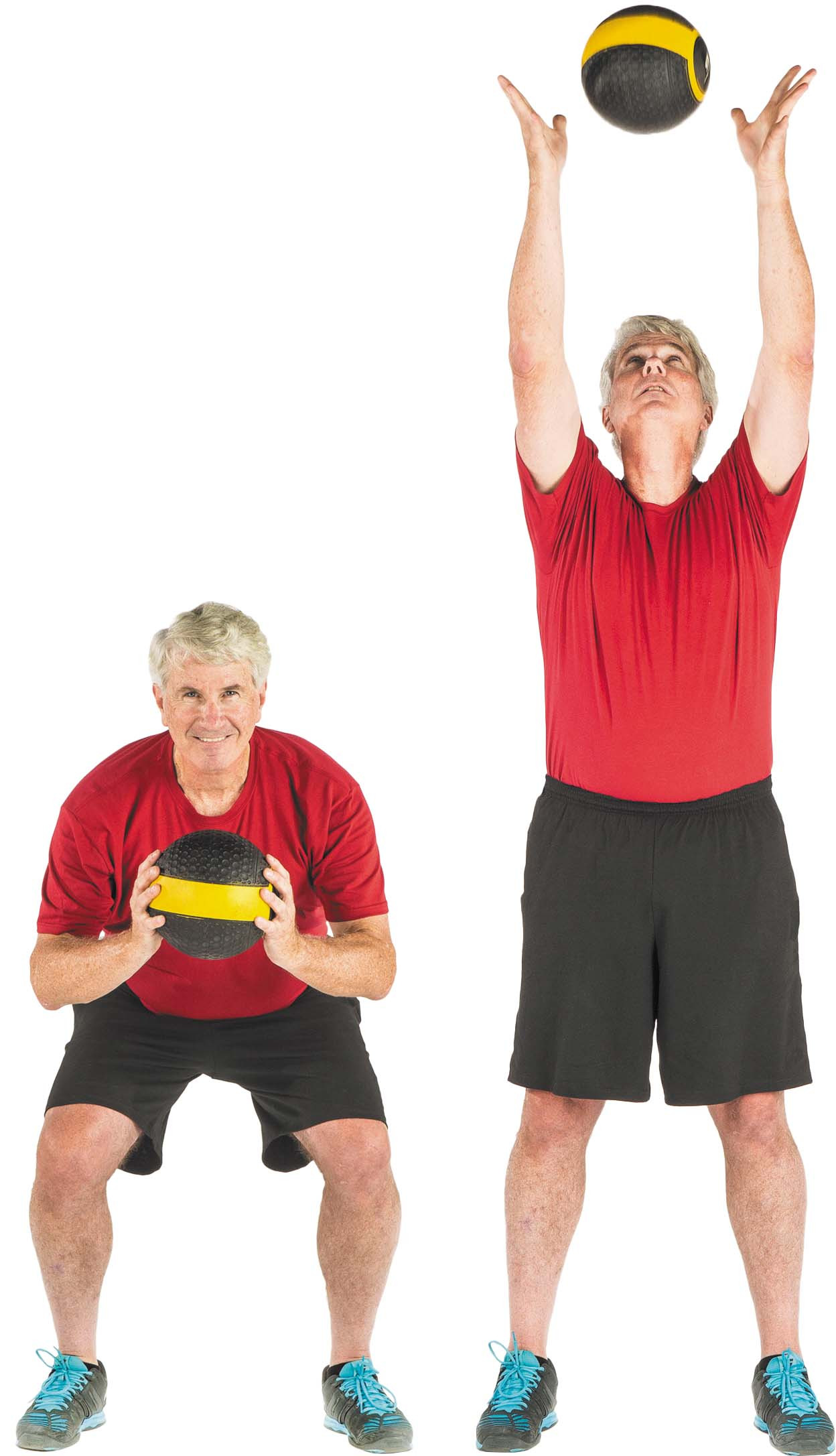Exercise trend alert: Walking soccer
Have a ball playing this gentler form of soccer that's easier on the joints than the traditional game.
- Reviewed by Anthony L. Komaroff, MD, Editor in Chief, Harvard Health Letter; Editorial Advisory Board Member, Harvard Health Publishing

Soccer is one of those sports we sometimes have to give up when we get older. All the running, kicking, and pivoting place big demands on the body, especially our balance and joints. But a new trend is helping people get back onto the pitch (field) or, in some cases, start playing for the first time. It's called walking soccer.
What is walking soccer?
Walking soccer is played just like it sounds — players can only walk as they pass and kick the ball around the pitch and try to get it into the other team's goal, and they must always have at least one foot in contact with the ground.
The walking soccer pitch is smaller than a standard-sized playing field, and the goals are shorter and smaller. Each team is smaller too, with seven people playing at a time instead of 11.
The ball is also different: a size 4 "futsal" ball, which is smaller and less bouncy than regular soccer balls.
Walking soccer benefits
While walking soccer is a gentler form of the sport, it's still packed with health benefits. It's a great way to socialize, get your daily steps in, stay active, and exercise at a speed that's comfortable for your body. And playing reinforces essential skills.
"You get to practice your pivoting motion and anticipate and react to the ball's direction. This is very helpful for maintaining and improving your balance," says Kevin McEnroy, a physical therapist at Harvard-affiliated Brigham and Women's Hospital.
Another plus: by kicking and passing the ball during the game, you maintain your ability to produce power. "As we get older, if we aren't participating regularly in sports or doing resistance training, one of the biggest things we lose is the ability to produce hard or fast forces. We need that force to be able to do something like get out of a chair and stand up. The repetitive moves in walking soccer can likely help you preserve your abilities," McEnroy says.
Staying active in a sport like walking soccer also helps protect cartilage cushions inside the knees called menisci (singular: meniscus), which are prone to tears after age 50. "By staying active, you keep the menisci healthy and less likely to fray," McEnroy says.
Walking soccer risks
In regular soccer, the big risks are lower-limb injuries, particularly in the ankles and knees.
McEnroy says we don't yet have statistics on the sorts of injuries people experience while playing walking soccer. His concerns for players include sprained ankles; aggravated meniscal tears; flare-ups of knee arthritis; and falls that result in wrist, arm, or elbow fractures.
Prepare for the sport
If you're interested in playing walking soccer, you'll need good balance, endurance, and strong leg and core muscles. If you haven't exercised in a while, get your doctor's okay, and then focus on the basics of fitness: go for daily walks and start a resistance training program.
If you're already active, McEnroy recommends that you first practice walking and kicking a ball on terrain that might be similar to a soccer pitch, to be sure you're comfortable with it. And start paying extra attention to strengthening the quadriceps muscles in the thighs, the gluteus muscles in the buttocks, and the gastrocnemius muscles in the calves. "Strong muscles are essential for injury prevention," McEnroy says. "Start training for walking soccer at least six weeks before you plan to play."
Once you're playing the game regularly, warm up before each match. McEnroy suggests walking around the pitch and playing pass with a teammate to mimic the left-and-right movements you'll need in the game. Don't forget to stretch after a match, to keep your muscles long and supple.
Move of the month: Squat and overhead toss
Stand with your feet apart. Hold a medicine ball with both hands at chest height. Bend your hips and knees, and squat down. Don't let your knees move farther forward than your toes. Stand back up. As you rise, toss the ball overhead, catch it, and bring it back to chest height. Repeat 10 times. Exercise photos by Michael Carroll |
Want to try it?
Walking soccer is extremely popular around the world and just starting to take hold in the United States. Teams are already established in more than half a dozen states. You can find out more about the sport at the website of the United States Adult Soccer Association.
Photo courtesy Ultimate Walk Soccer Club
About the Author

Heidi Godman, Executive Editor, Harvard Health Letter
About the Reviewer

Anthony L. Komaroff, MD, Editor in Chief, Harvard Health Letter; Editorial Advisory Board Member, Harvard Health Publishing
Disclaimer:
As a service to our readers, Harvard Health Publishing provides access to our library of archived content. Please note the date of last review or update on all articles.
No content on this site, regardless of date, should ever be used as a substitute for direct medical advice from your doctor or other qualified clinician.

















